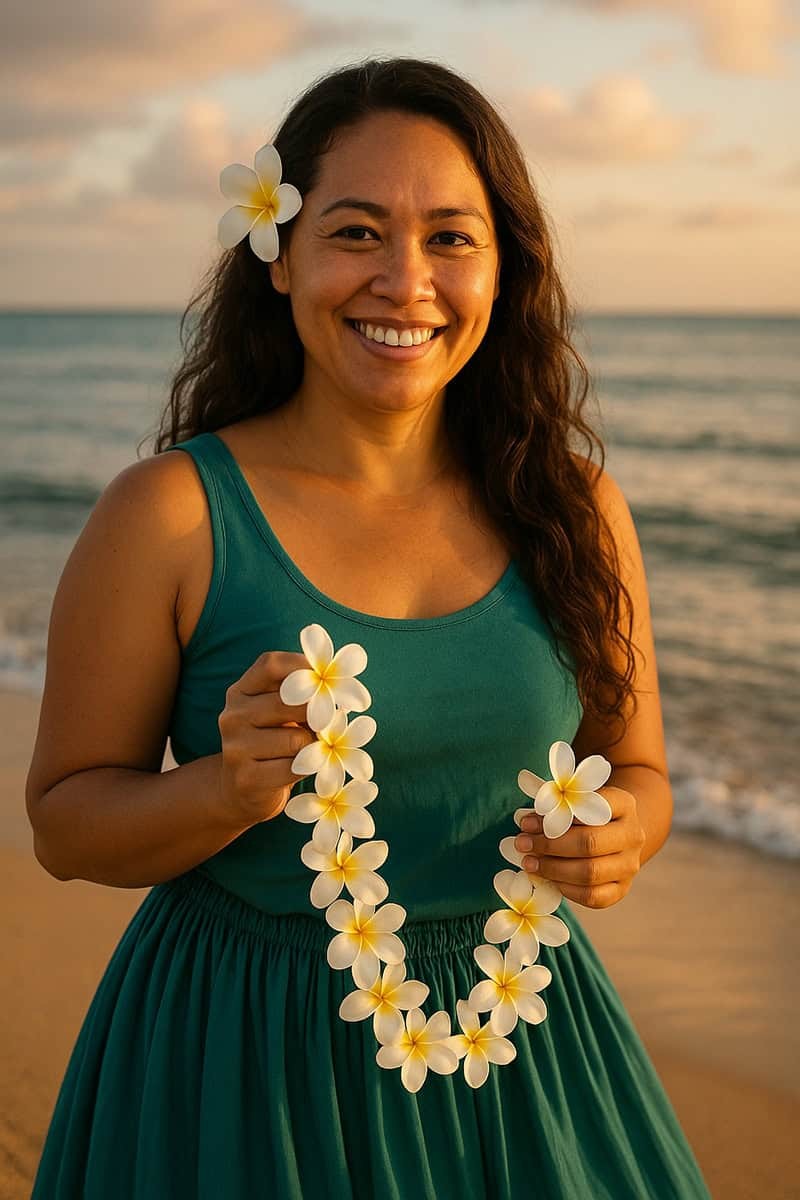
A Guided Hike Adventure Kilauea Iki and Lava Tube
Volcanoes Hiking Guides • Hiking • Volcano • Hawaii

Journey into the soul of the islands through sacred lands and pristine wilderness

Written by a Local Parks Expert
Leilani AkoThere's a moment, just before the sun cracks the horizon at the summit of Haleakalā, when the world holds its breath. The air is thin and sharp, carrying the scent of volcanic cinder and the promise of dawn. In that profound silence, surrounded by a sea of clouds, you feel it—the pulse of the island, the weight of millennia. This is more than a viewpoint; it is a sacred place. Here, the demigod Māui stood and lassoed the sun.
This is the essence of Hawaii's parks. They are not merely collections of scenic trails and pretty waterfalls. They are wahi pana, storied and legendary places, where the veil between the physical and spiritual worlds is thin. They are the kīpuka, the islands of culture and ancestral memory that stand resilient against the modern world.
From the volcanic forge of Kīlauea, where the goddess Pele makes her home, to the westernmost tip of Oʻahu at Kaʻena Point, where Hawaiian souls are said to leap into the next realm, these lands are alive with moʻolelo—the stories, legends, and histories of the Hawaiian people.
The single most important concept to understand before setting foot in any of Hawaii's parks is mālama ʻāina—to care for and nurture the land. This is not a new-age tourism slogan; it is a foundational value of Hawaiian culture, a sacred responsibility, or kuleana, passed down through generations. The rules you encounter in the parks—the reservations, the roped-off areas, the warnings—are modern expressions of this ancient principle.
By understanding and embracing mālama ʻāina, you transform from a mere visitor into a welcome guest, a temporary steward of these precious lands. This responsibility manifests in several key practices that every visitor must honor.
According to legend, Pele considers all rocks her children. To remove one is to invite her wrath. Leave every stone, shell, and grain of sand as you found it.
Ecosystems are incredibly fragile. Stepping off marked paths can crush nests, destroy rare plants, or cause erosion that scars the landscape for decades.
Ancient temples and cultural sites are sacred places of worship still used today. Approach with the quiet respect you would afford any church or cathedral.
Use mineral-based sunscreen with zinc oxide or titanium dioxide to protect coral reefs from devastating bleaching chemicals.
From volcanic summits to pristine coastlines, discover the complete guide to Hawaii's most treasured places.
30 days advance, 7 AM HST
30 days advance
Road to Hāna access
Small capacity limits
While Hawaii's weather is pleasant year-round, understanding its nuances can greatly enhance your park experience. The islands have two main seasons: kau, the dry summer from May to October, and hoʻoilo, the wetter winter from November to April.
Winter brings more rain on windward sides and massive waves to north shores. Summer is drier and hotter, making early morning hikes essential.
It's always sunny somewhere. Massive volcanoes create dramatic rain shadows—if it's pouring in Hilo, it's likely beautiful in Kona.
Visit during shoulder seasons (late April-May, September-early October), go early or late, and choose weekdays when possible.
The secret to a more serene park visit lies in timing. The vast majority of visitors arrive between 10 AM and 3 PM. By arriving at sunrise or in the late afternoon, you not only miss the biggest crowds but also get the best light for photography.

Volcanoes Hiking Guides • Hiking • Volcano • Hawaii

